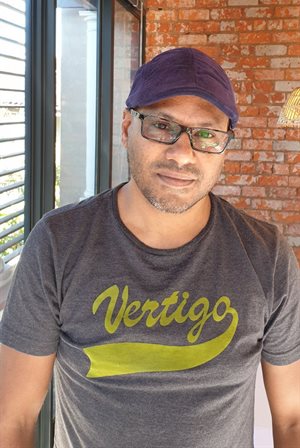
Architects, designers and engineering professionals are particularly attuned with the possibilities that fourth industrial revolution technologies such as artificial intelligence (AI), machine learning (ML) and virtual reality (VR) present for their professions, not only in the easing processes, but presenting sustainable alternatives to conventional designs and methods.
Somers Govender, principal architect at Artek 4 Architects, and AfriSam-SAIA Sustainable Design Awards adjudicator, explains that while technologies such as AI are being used more in the architecture space, it is unlikely they will replace architects anytime soon. “The creative cognitive ability that architects possess still trumps machine abilities for now,” he says. “That said, there are amazing programmes that enable architects to be more efficient through intricate calculations such as building information modelling (BIM).”
The advent of 5G connectivity will allow countless machines, devices and infrastructure to connect to each other - a reality that Govender imagines will have a major impact on the manner in which architects and engineers plan road and parking structures, for example.
“Modern architecture and city designs need to be receptive to such change,” he explains. “What we need is an adaptable architectural design that veers away from traditional static architecture, and gives way to a more purposeful attitude to recycling and sustainability. 5G connectivity will also enable instant sharing of information and a more dynamic level of accuracy, greatly reducing human error. If used wisely, architects can ensure their visions are more achievable and follow a more predictable path.”
Govender says machine learning and technologies such as 3D printing are particularly useful and present opportunities for the manufacture of new components and materials that will enable previously inconceivable innovations. This presents architects with an opportunity to create materials that allow for improved structural safety, greater longevity, and the ability to be transformed, customised, and recycled.
“Architects are starting to merge architecture with 3D printed formats. Today, we are capable of extruding concrete that enables the construction of structures of varying degrees of complexity,” he says.
Further, 3D-printed homes present a sustainable alternative to mass-scale housing construction projects, while 5G and other new technologies can enable power consumption and efficiencies that foster sustainability. Govender does, however, cite some concerns.
“South Africa is not quite there yet in achieving complete sustainability solutions, but with economies of scale, we can catch up quickly. The country is facing many challenges in trying to achieve sustainability goals, but with careful pre-planning and embracing 4IR technologies, we could alleviate many of its problems, such as a shortage of housing. We need to start engaging with the technologies we are aware of, such as green energy generation, and perhaps with legislation, the gradual phasing out of fossil-based fuel can be achieved as well.”
The current pandemic has placed a spotlight on the need to change the way things have been done, and Govender says this is particularly needed in the way architects plan projects.
He suggests that architects should provision for the implementation of green power generation, as well as rain water harvesting initiatives for human consumption. “Municipal water could be pumped directly from reservoirs or other water sources with green energy on demand and only as the individual need arises. Aquaponics can deal with the filtering process and the by-product can be used to cultivate vegetables.”
An advocate for green initiatives and sustainability, Govender forms part of the adjudicating panel of the AfriSam-SAIA Sustainable Design Awards, which has Sustainable Architecture as one of the four categories that recognise drivers of sustainability.
While the current pandemic has meant that potential candidates may have been unable to enter the awards, AfriSam has provisioned additional time, extending entry submissions to 3 July.
“Covid-19 has resulted in several disruptions and forced everyone to adopt new behaviours to address sustainability. The pandemic has truly highlighted the need for humanity to address sustainability in all aspects of our lives, and AfriSam’s role in showcasing this is evidence of its commitment to a better tomorrow,” concludes Govender.